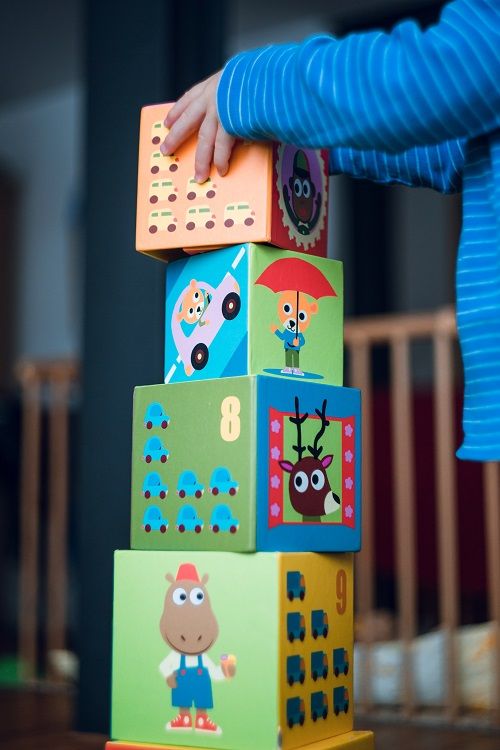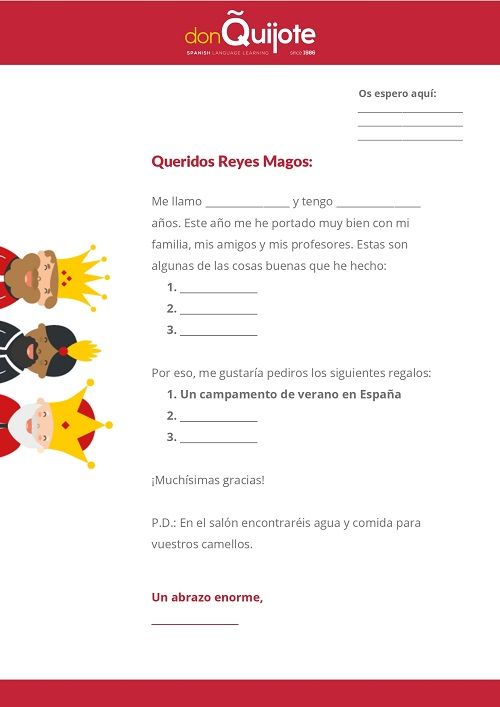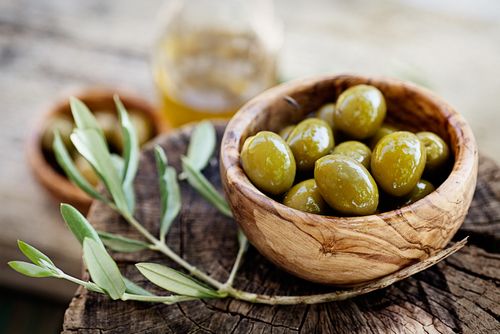Difference between 'poco' and 'un poco' in Spanish | donQuijote

Spoiler: same as ‘little’ vs ‘a little’
Our latest post about Spanish language talked about quantifiers such as mucho, bastante, demasiado and poco. In today’s article, we are going to go over the differences between poco and un poco when used with uncountable nouns.
If what we are saying is all Greek to you, switch to the Spanish version of this post and keep on reading.
Countable or Uncountable?
To better understand this blog post, you need to know first what countable and uncountable nouns are:
- Countable nouns are realities that ca be counted unit by unit. In other words, they can be assigned a number. For example, libro (book), niña (girl), casa (house), botella (bottle), or beso (kiss) are countable entities.
Tengo tres libros de terror
(I have three horror books)
En España es normal saludarse con dos besos
- However, uncountable nouns depict realities that, due to their nature, can’t be broken into units. Therefore, they can’t be counted. Substances, materials and abstract concepts usually fall into this category: leche (milk), agua (water), azúcar (sugar), paciencia (patience), miedo (fear)… For example:
En esta piscina hay mucha agua
(This pool has a lot of water)
Mi profesor tiene bastante paciencia
(My teacher has a lot of patience → is very patient)
In this case, it would be incorrect to say, for example, tres aguas* (three waters) or 20 paciencias* (20 patiences). The quantity of this kind of nouns is determined by quantifiers such as mucho (a lot of), bastante (quite some), demasiado (too much) and poco (too few), but not with numbers.

Poco vs un poco
The type of nouns we’ve just reviewed, uncountable nouns, can use the formula we introduced at the beginning of this post: un poco (a little). The difference between poco (little) and un poco (a little) depends mostly on the speaker and the message he or she wants to convey.
- Poco (little) highlights the idea that there is almost nothing. In other words, the word has a negative connotation. For example:
Hay poco café en casa. ¿Puedes ir al supermercado por favor?
(There is few coffee left at home. Can you please buy some more?)
- Un poco (a little) expresses that there is a bit of something, although not that much. In other words, the word has a positive connotation. For example:
Hay un poco de café en casa. No es necesario que vayas hoy al supermercado hoy
(There is little coffee left at home. You don’t need to go to the supermarket today)
In the first instance, the speaker considers that there is not enough coffee left, while in the second example he or she considers that there is few coffee left, but it is enough.
To summarize, with poco the glass is half empty and with un poco de the glass is half full.
Many thanks to Ignacio Sellés, from our Spanish school in Alicante, for writing this post. Keep on learning Spanish with don Quijote’s language resources!










